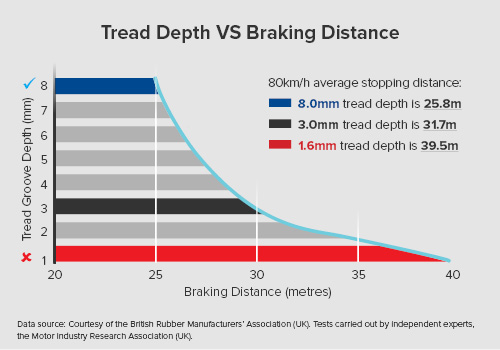Both my Alpines (110 and 310) have Advan R-Spec tyres on them (for various reasons I won't go into) and my Delta Integrale has Advan AD09 (almost R-Spec)......obviously all are pretty soft compound and the cars are driven one or two times per month and are kept in garages under covers the rest of the time. I've noticed that they all still have softness (the finger nail test), so I reckon they will easily go 10 years at this rate (maybe more??). The A110's A048's have been on over 5 years so far.
I think the initial softness of compound, no track work but "regular" road driving and kept in a cool place under cover will keep them in good shape.
I think the initial softness of compound, no track work but "regular" road driving and kept in a cool place under cover will keep them in good shape.

